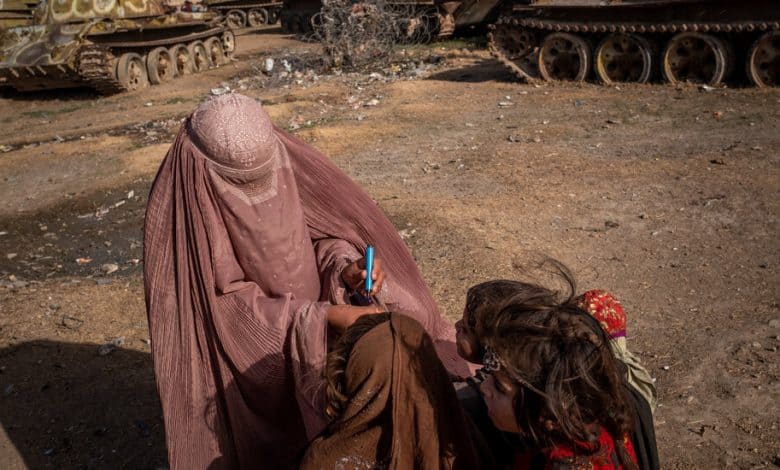The End of Polio Is in Sight. What Have We Learned?

The fight to eradicate polio has been long and difficult. It’s been nearly 50 years since vaccines eliminated the disease in the United States. But polio continues to this day disabling or killing children in some harder to reach parts of the world. The good news is that we are now on the cusp of eradicating this terrible disease everywhere and forever.
The Global Polio Eradication Initiative, a consortium of major players in the fight, including the Gates Foundation, the World Health Organization and the Centers for Disease Control and Prevention, has the ambitious aim to end transmission of the virus that causes the disease — known as wild poliovirus — by the end of the year in Afghanistan and Pakistan, the two countries where it is still actively infecting humans. If the initiative succeeds, it will be the culmination of a campaign that has reduced the incidence of paralytic wild poliovirus from an estimated 350,000 cases in 1988 to just 12 known cases last year.
It will also be a result of what may seem like a counterintuitive strategy: Knowledge about the disease flows not just from medical experts in great research centers to people in developing nations, but the other way as well, with workers on the front lines providing crucial information to stop the disease in their own areas and beyond. The lesson here: The medical tools needed to detect and contain any disease work best in the hands of the people most directly affected by it. Having used this strategy to stop polio, people in developing nations are already looking to apply those same tools against other diseases, both familiar and emerging.
Along the remote, mountainous Afghanistan-Pakistan border, the people on the front lines of the polio eradication effort are mostly women, and mostly members of the communities they serve. Each team is responsible for up to 75 houses, going door to door (or sometimes mosque to mosque), providing a dose of oral polio vaccine to every child in every five-day campaign. Because the communities are poor, and because families can lose patience with repeated visits focused only on polio, the workers also bring nutritional supplements, health information and other resources. Their job is to build trust in villages where people are prone to distrust, and to keep parents engaged in the fight. (In 2011, the fake vaccination campaign reportedly staged by the Central Intelligence Agency in its hunt for Osama bin Laden served only to deepen that distrust.)
The intensity of the national programs — with about 400,000 workers in Pakistan and 86,000 in Afghanistan — has recently reduced 12 genetic clusters of the wild poliovirus in the region to just two, and one of the two hasn’t been seen since November. “From a medical perspective, the virus is gasping in these last corridors,” says Dr. Ananda Bandyopadhyay of the Gates Foundation.
The virus could, of course, spread outside these regions, as it did in 2022, when international air travel carried polio to a handful of other countries, including the United States. But frontline workers in Pakistan and Afghanistan serve as a network for tracking its possible escape routes, as families move back and forth across the border.
